
Gwanghuimun Gate: A Portal to Seoul's Rich History
Explore Gwanghuimun Gate, a historical gem in Seoul, reflecting centuries of culture and architectural beauty amidst a serene park setting.
Gwanghuimun Gate is a remarkable historical site in Seoul that offers tourists a glimpse into Korea's architectural heritage and cultural significance. As one of the four main gates of the ancient city wall, it stands as a symbol of the capital's storied past. Visitors can explore the impressive structure, which features intricate designs and a beautifully adorned ceiling, while enjoying the surrounding park that offers scenic views and a tranquil atmosphere.
A brief summary to Gwanghuimun Gate
- 344 Toegye-ro, Jung District, Seoul, KR
- +822-2260-1114
- Visit website
Local tips
- Visit early in the morning or late in the evening to enjoy fewer crowds and a more serene atmosphere.
- Bring a camera to capture the stunning details of the gate and the surrounding scenery.
- Take a leisurely walk along the nearby Seoul City Wall for breathtaking views of the city.
- Check for local cultural events or performances that may be happening nearby during your visit.
Getting There
-
Car
If you're driving from central areas of Gwandong Region, take the Gyeongbu Expressway (Route 1) towards Seoul. As you approach Seoul, follow signs for 'Jung District' and merge onto Toegye-ro (Route 1). Continue straight until you reach 344 Toegye-ro, where Gwanghuimun Gate is located. Parking may be available nearby, but expect to pay for parking fees, which can range from 1,000 to 3,000 KRW per hour.
-
Public Transportation - Subway
If you prefer public transportation, take the subway to 'Chungmuro Station' on Line 3 (Orange) or Line 4 (Blue). From Chungmuro Station, exit through Exit 3 and walk straight for about 10 minutes. You will pass by several shops and cafes before reaching Gwanghuimun Gate at 344 Toegye-ro. The subway fare from most locations in Gwandong Region to Chungmuro Station is typically between 1,250 and 2,000 KRW depending on your starting point.
-
Public Transportation - Bus
Alternatively, you can take a local bus to get closer to Gwanghuimun Gate. Look for buses that have stops at 'Chungmuro' or 'Toegye-ro'. Once you get off, walk towards 344 Toegye-ro. The bus fare will generally cost around 1,200 KRW. Check local bus schedules for the most convenient routes from your location.
Discover more about Gwanghuimun Gate
Iconic landmarks you can’t miss
Gwanghuimun Gate
0.0 km
Explore Gwanghuimun Gate, a historical gem in Seoul, reflecting centuries of culture and architectural beauty amidst a serene park setting.
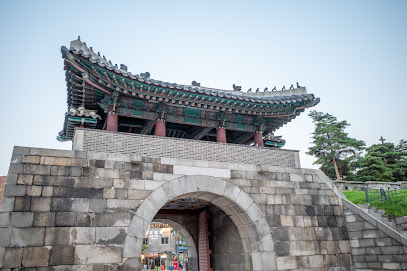
Seoul City Wall (Hanyangdoseong Fortress)
0.9 km
Explore the historic Seoul City Wall, a UNESCO World Heritage site, offering stunning views and a deep dive into Korea's rich history.
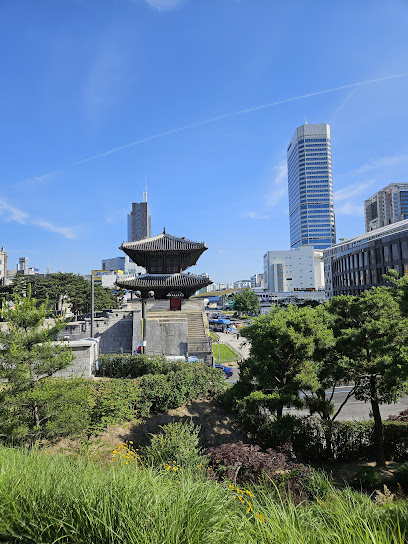
Jongno 3(sam)-ga Pocha Street
1.9 km
Explore the vibrant Jongno 3(sam)-ga Pocha Street, a cultural landmark in Seoul offering a taste of authentic Korean street food and lively nightlife.
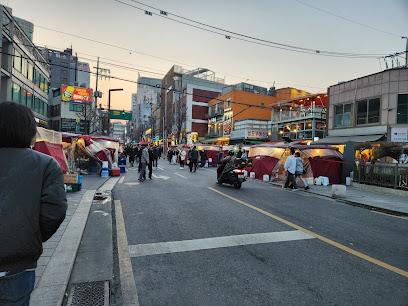
Myeongdong Cathedral
2.0 km
Discover the architectural beauty and spiritual significance of Myeongdong Cathedral, a must-visit landmark in Seoul's vibrant Myeongdong district.

Hanwha Bulkkot-gil
2.0 km
Explore the serene Hanwha Bulkkot-gil, a charming pathway in Seoul that blends natural beauty with rich cultural heritage.

Ikseon-dong Hanok Village
2.0 km
Experience the enchanting blend of tradition and modernity at Ikseon-dong Hanok Village, a must-visit landmark in Seoul's heart.
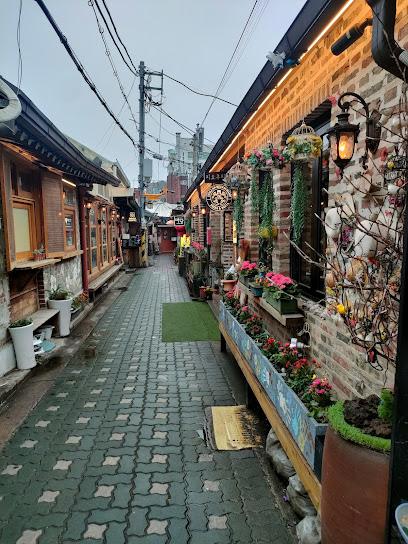
Changgyeonggung Palace
2.1 km
Discover the majestic Changgyeonggung Palace, a historical gem in Seoul showcasing the elegance of Korea's royal heritage and stunning architectural beauty.
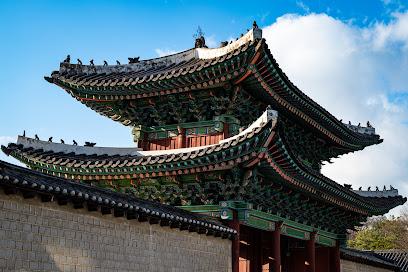
Hanyangdoseong Sunseonggil Observatory
2.1 km
Experience stunning views and rich history at Hanyangdoseong Sunseonggil Observatory, the perfect spot for capturing Seoul's unique skyline.

Myeondong Shopping Street
2.1 km
Experience the bustling energy of Myeongdong Shopping Street, where fashion, beauty, and street food come together in the heart of Seoul.
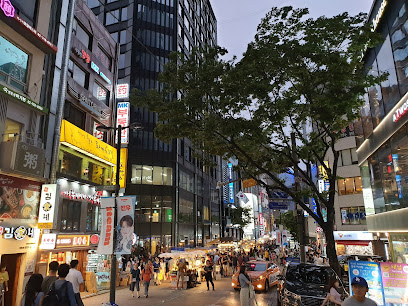
Korea
2.2 km
Discover the vibrant streets of Myeong-dong, Seoul's premier shopping and culinary destination, where modern culture meets tradition.

명동의 밤거리
2.2 km
Experience the vibrant energy of Myeongdong, Seoul's premier shopping and street food destination, where modern culture meets tradition.
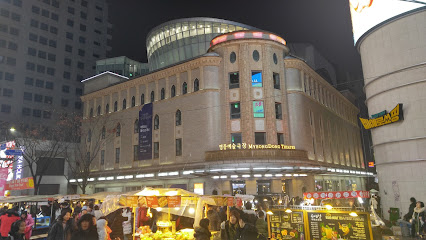
Jaemilo
2.2 km
Discover the vibrant streets of Jaemilo in Jung District, Seoul, where culture, cuisine, and local charm come together for an unforgettable experience.
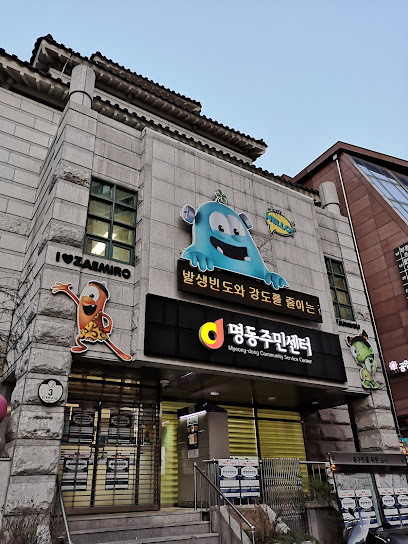
Jonggak Avenue of Youth
2.2 km
Experience the vibrant energy of Jonggak Avenue of Youth in Seoul, where culture, nightlife, and delicious street food come together.
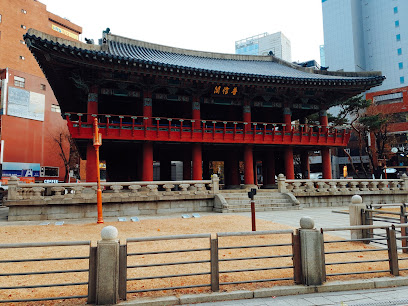
Insadong Culture Street
2.2 km
Explore Insadong Culture Street, where traditional Korean art meets modern creativity, in a vibrant atmosphere filled with unique shops and delicious street food.
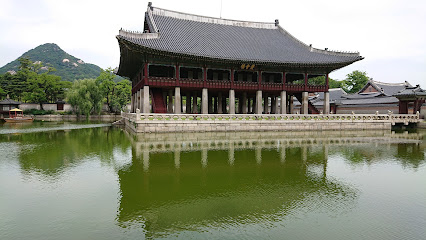
명동차없는거리
2.2 km
Explore the serene beauty and historical significance of Myeongdong Cathedral, a must-visit spiritual landmark in the heart of vibrant Seoul.
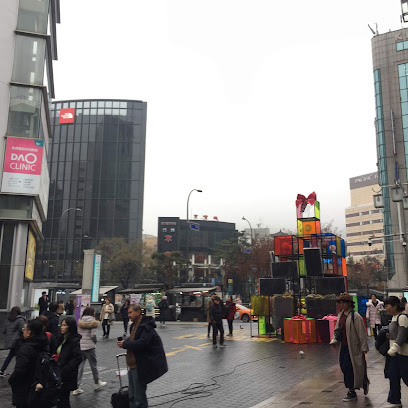
Unmissable attractions to see
DDP Youth Runway Market
0.2 km
Explore fashion and flavors at the DDP Youth Runway Market, a vibrant night market in Seoul showcasing local creativity and delicious street food.
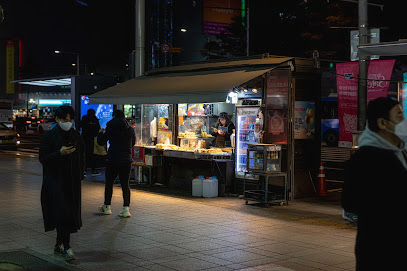
Dongdaemun Design Plaza (DDP)
0.2 km
Discover the dynamic fusion of art, architecture, and culture at Dongdaemun Design Plaza, Seoul's iconic cultural center.
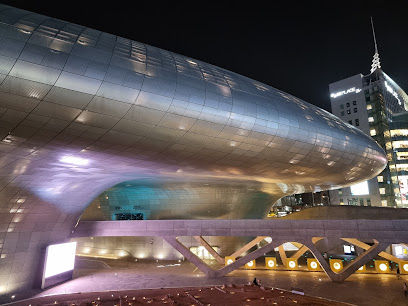
Dongdaemun History Museum
0.3 km
Explore the fascinating history of Seoul at Dongdaemun History Museum, where the past comes alive through engaging exhibits and rich cultural narratives.
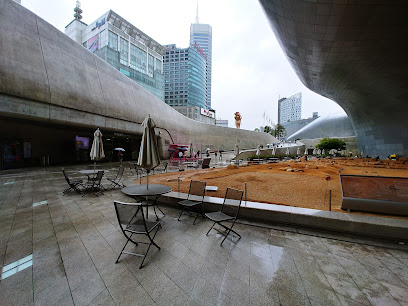
광희동 중앙아시아 거리(Gwanghuidong Central Asian Street)
0.4 km
Explore Gwanghuidong Central Asian Street in Seoul, a vibrant hub of Central Asian culture, cuisine, and crafts that enrich your travel experience.
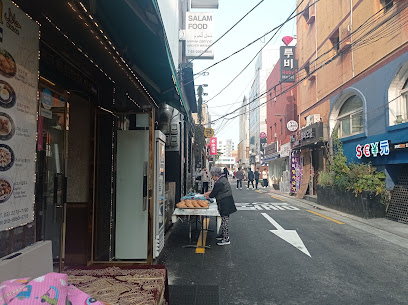
Wall Of Culture
0.6 km
Discover the Wall of Culture in Seoul's Jung District, a historical landmark that beautifully encapsulates the city's rich heritage and vibrant culture.
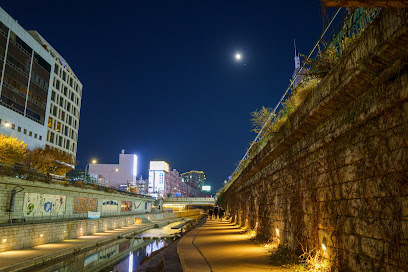
Cheonggyecheon
0.7 km
Cheonggyecheon: An enchanting urban stream in the heart of Seoul, offering a perfect blend of nature and culture for every traveler.
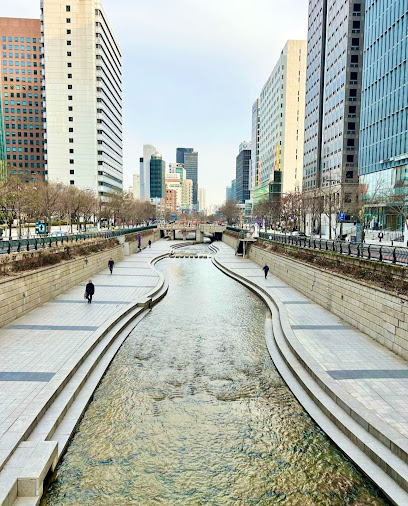
Dongdaemun Market
0.7 km
Discover the vibrant shopping paradise of Dongdaemun Market in Seoul, where fashion meets tradition and unique finds await every visitor.
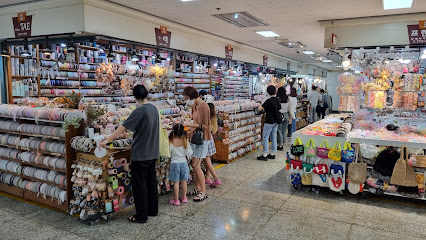
Dongdaemun Grilled Fish Alley
0.7 km
Discover the vibrant flavors of Dongdaemun Grilled Fish Alley, a culinary haven in Seoul offering a delightful grilled seafood experience.

Heunginjimun Gate (Dongdaemun)
0.7 km
Discover the majestic Heunginjimun Gate, a historical landmark that represents Seoul's rich heritage and vibrant culture, perfect for every tourist's itinerary.
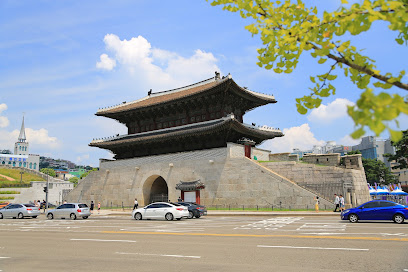
Dongdaemun Market Toy Alley
0.9 km
Discover the whimsical world of toys at Dongdaemun Market Toy Alley, a shopping paradise in the heart of Seoul filled with treasures for all ages.

Changsin-dong Stationery and Toy Street
0.9 km
Explore Changsin-dong Stationery and Toy Street, a vibrant market in Seoul filled with unique stationery and toys for all ages, perfect for families and creative minds.
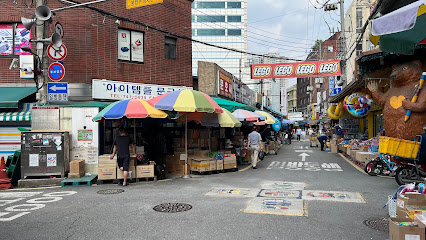
Seoul Central Market
0.9 km
Discover the heart of Korean culture at Seoul Central Market, a vibrant hub for food, crafts, and authentic experiences.

Bangsan Market
0.9 km
Discover the vibrant flavors and rich culture of Seoul at Bangsan Market, a food lover's paradise filled with unique local delicacies.
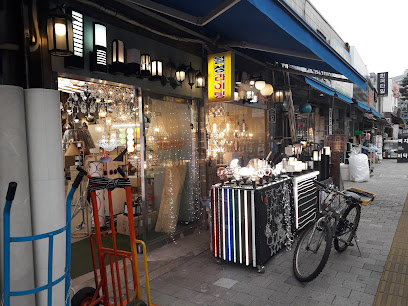
Seoul City Wall Museum
1.0 km
Explore Seoul City Wall Museum - a captivating journey through history, culture, and the ancient fortifications that shaped Seoul.

Gwangjang Market ( Korea food )
1.0 km
Explore Gwangjang Market, a vibrant culinary hotspot in Seoul, where traditional dishes and lively stalls create an unforgettable food adventure.

Essential places to dine
Fortune Restaurant
0.4 km
Savor authentic Russian flavors at Fortune Restaurant in Seoul—where tradition meets taste in every dish.

Tavolo 24
0.7 km
Experience culinary excellence at Tavolo 24 - Seoul's premier buffet restaurant offering diverse flavors in a chic setting.
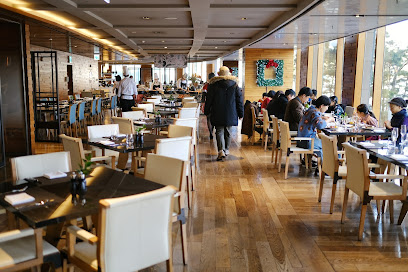
The Griffin Bar, Jongno-gu
0.7 km
Experience unparalleled views and exquisite cocktails at The Griffin Bar in Jongno-gu, where luxury meets the vibrant spirit of Seoul.
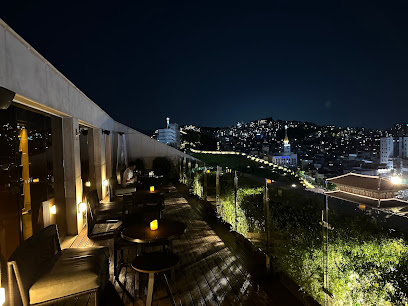
Palsun
0.8 km
Discover the art of Chinese dining at Palsun in Seoul—where tradition meets modern elegance for an unforgettable culinary journey.
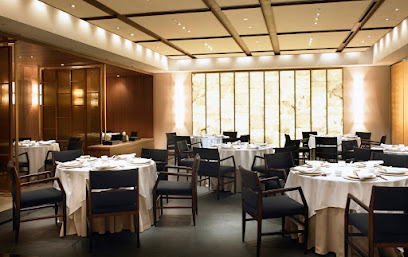
Seoul Dining
0.8 km
Experience exquisite modern European cuisine in the heart of Seoul at Seoul Dining – where culinary innovation meets elegant dining.
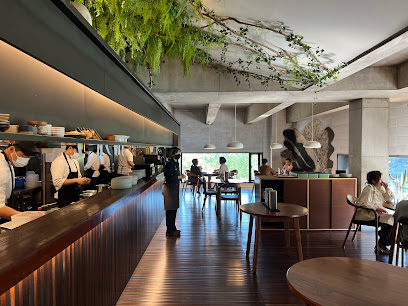
La Yeon
1.0 km
Experience the pinnacle of Korean gastronomy at La Yeon, where tradition meets elegance in every exquisite dish.
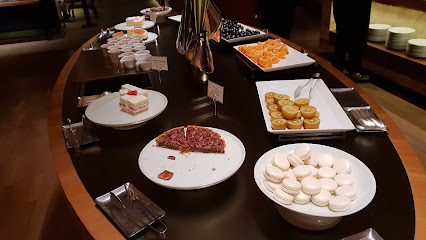
Seoul Shilla Hotel The Parkview
1.1 km
Indulge in an exquisite buffet experience at Seoul Shilla Hotel's The Parkview, featuring global flavors and exceptional service.
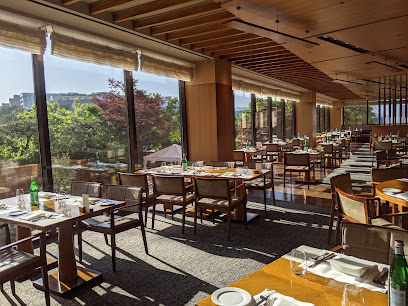
Jyoti Indian Restaurant Chungmuro
1.1 km
Discover authentic Indian and Nepalese cuisine at Jyoti Indian Restaurant in Seoul - where every meal is a flavorful journey.
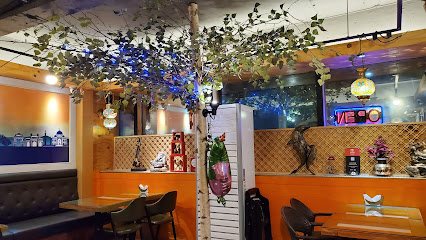
Festa by Mingoo
1.7 km
Experience exceptional Korean cuisine at Festa by Mingoo - where tradition meets innovation in every exquisite dish.
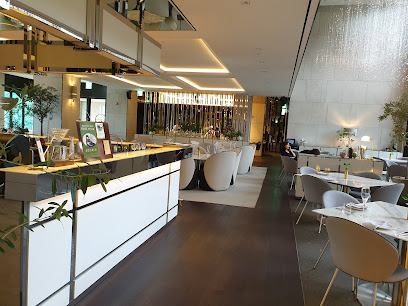
Good restaurant
2.0 km
Discover authentic Korean cuisine in Myeongdong's vibrant dining scene—where every meal is a celebration of flavor.

Wangbijip Myeongdong Main store
2.1 km
Experience authentic Korean BBQ at Wangbijip Myeongdong - indulge in premium meats and traditional flavors in the heart of Seoul.
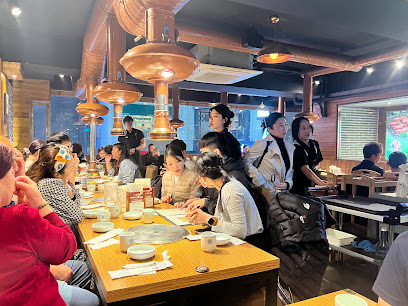
Italian Bistro Bonappetit
2.1 km
Discover the heart of Italy at Bonappetit in Seoul—where authentic flavors meet modern dining in an inviting atmosphere.
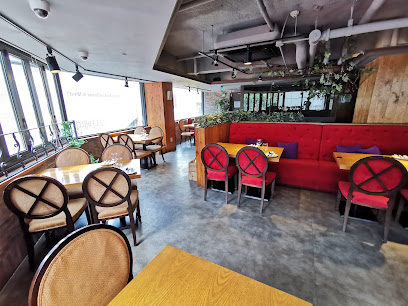
Mokmyeoksanbang
2.2 km
Experience authentic Korean flavors at Mokmyeoksanbang in Seoul's Jung District - a true culinary delight for all food lovers.
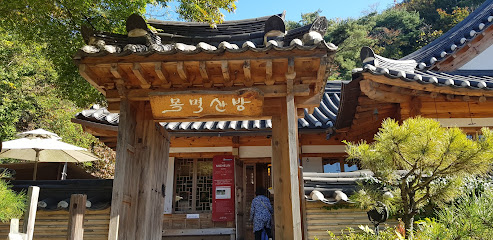
Myeongdong Kyoja Main Restaurant
2.2 km
Savor authentic handmade kalguksu noodles and dumplings at Myeongdong Kyoja Main Restaurant in Seoul's vibrant Myeongdong district.

Myeongdong Restaurant The Sic-ddang
2.2 km
Experience authentic Korean cuisine at The Sic-ddang in Myeongdong – a must-visit for food lovers exploring Seoul's vibrant food scene.
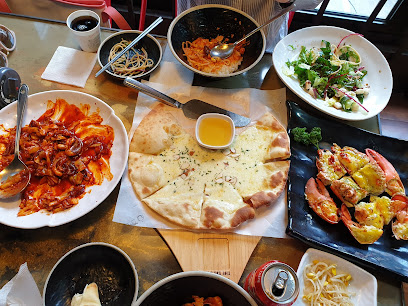
Markets, malls and hidden boutiques
Apm Place Shopping Centre
0.2 km
Explore Apm Place Shopping Centre in Seoul, a vibrant shopping destination offering a mix of fashion, food, and fun for every tourist.
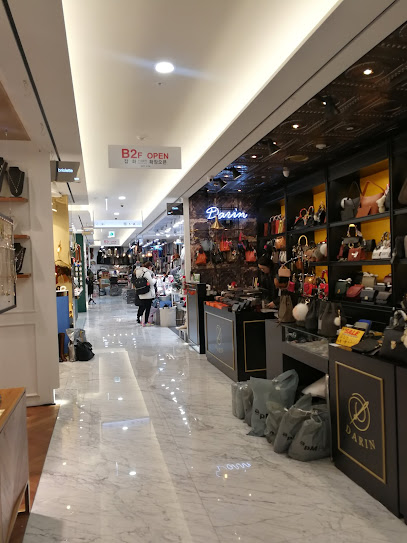
Good Morning City
0.4 km
Explore Good Morning City, a vibrant shopping mall in Seoul, offering fashion, dining, and entertainment for a perfect day out.
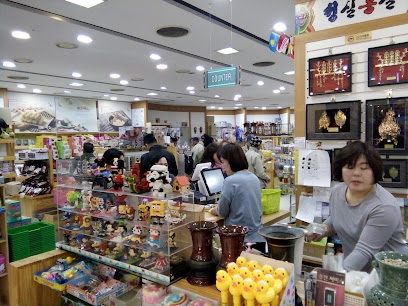
Migliore Dongdaemun Shopping Mall
0.4 km
Explore fashion, culture, and culinary delights at Migliore Dongdaemun Shopping Mall in the heart of Seoul's vibrant shopping district.

Dongdaemun Shopping Complex, Seoul
0.7 km
Explore the Dongdaemun Shopping Complex, a vibrant hub of textiles and fashion in Seoul, offering a unique shopping experience and cultural insights.
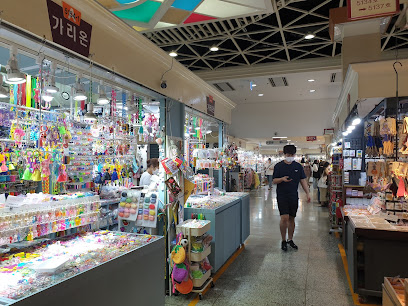
Van Cleef & Arpels (Seoul - Duty Free Shilla)
0.8 km
Explore luxury and elegance at Van Cleef & Arpels in Seoul's Shilla Duty Free, offering exquisite jewelry, watches, and perfumes.

mindthings
1.7 km
Explore the creative wonders of Mindthings in Seoul, a stationery store filled with unique gifts and artistic treasures for every enthusiast.
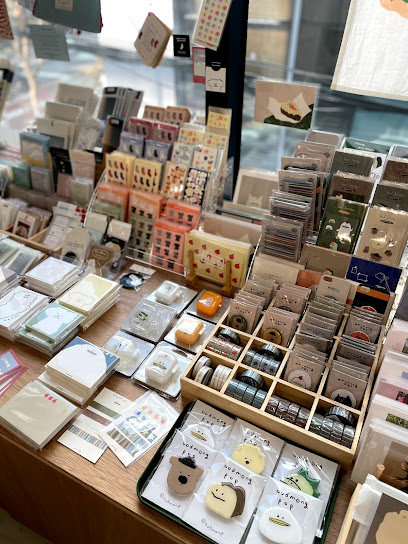
위글위글집 명동
2.1 km
Explore 위글위글집 명동, Seoul's premier gift shop, offering unique souvenirs and local crafts in the heart of Myeongdong.
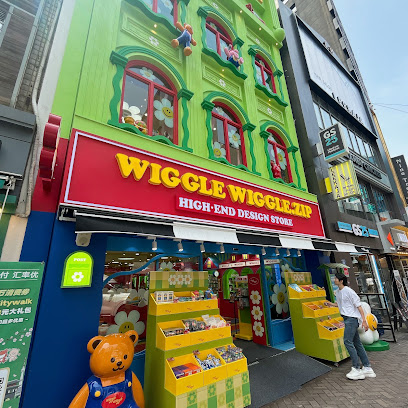
Machu Picchu MyeongDong
2.1 km
Discover unique handcrafted souvenirs that capture the essence of Korea at Machu Picchu MyeongDong in Seoul's vibrant shopping district.

All That K
2.1 km
Discover the ultimate K-Pop experience at All That K, the premier gift shop in Myeongdong, Seoul, filled with exclusive merchandise and collectibles.
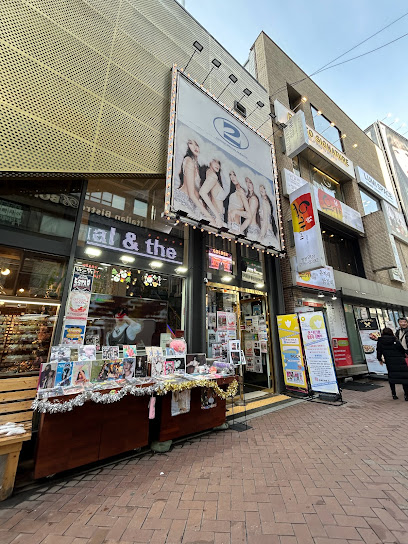
GIFT KOREA
2.2 km
Discover authentic Korean souvenirs at Gift Korea in Myeongdong, the ultimate destination for unique gifts that reflect the rich culture of South Korea.
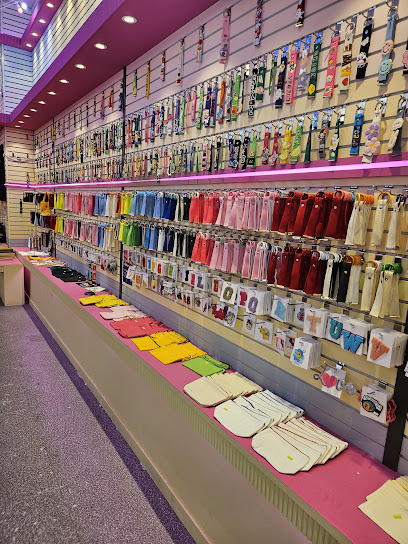
Butter Shop
2.2 km
Explore the Butter Shop in Myeongdong, Seoul, a unique home goods store filled with stylish decor and exquisite kitchenware.
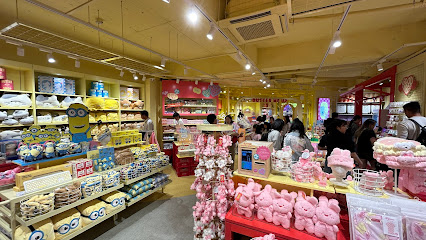
Eunso
2.2 km
Discover the essence of Korean craftsmanship at Eunso, the perfect gift shop in the heart of Insadong, Seoul.

Brand Market clothing shop
2.2 km
Explore the vibrant fashion scene at Brand Market in Myeong-dong, Seoul's premier clothing store for trendy apparel and accessories.
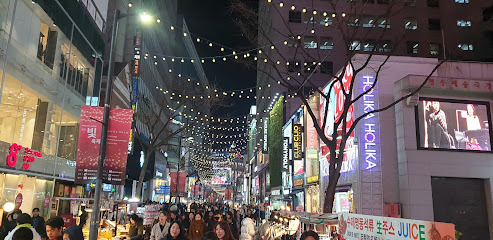
Olive Young Myeongdong Town
2.2 km
Discover an extensive range of beauty and skincare products at Olive Young Myeongdong Town, a must-visit destination for every beauty enthusiast in Seoul.
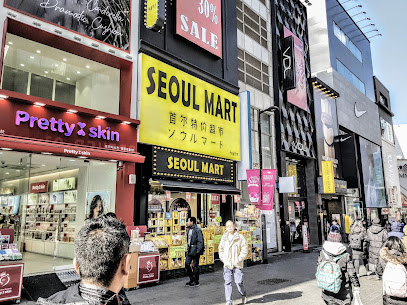
Korea Traditional Souvenir Center
2.2 km
Explore authentic Korean culture at the Korea Traditional Souvenir Center, home to unique handcrafted treasures and traditional memorabilia.

Essential bars & hidden hideouts
SookHee
1.1 km
Discover the vibrant cocktail culture at SookHee, a must-visit bar in the heart of Seoul's Jung District, offering unique drinks and a lively atmosphere.

Le Style Bar
1.8 km
Experience the perfect blend of modern elegance and traditional Korean hospitality at Le Style Bar in the heart of Seoul.
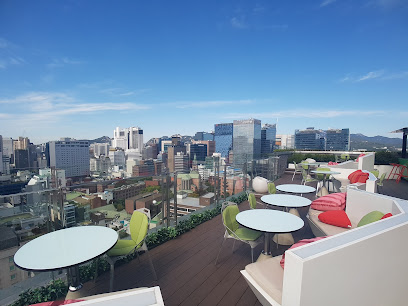
Bar 420
1.9 km
Discover Bar 420 in Seoul: A cozy wine bar where exquisite flavors meet a warm atmosphere, perfect for sipping and savoring.
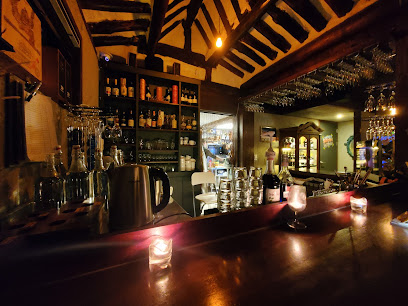
Bubble Lounge and Bar
2.1 km
Experience the vibrant nightlife of Seoul at Bubble Lounge and Bar, where unique drinks and a relaxed atmosphere await.

Ranka House Pub and Bar
2.1 km
Discover the lively ambiance and diverse drink selection at Ranka House Pub and Bar in the heart of Seoul's Jongno District.
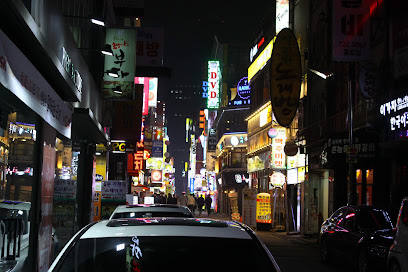
Ikseon bar Orb of Light Cocktail & Wine bar
2.2 km
Experience the exquisite blend of cocktails and wines at Seoul's enchanting Ikseon bar Orb of Light, a hidden gem in the heart of the city.
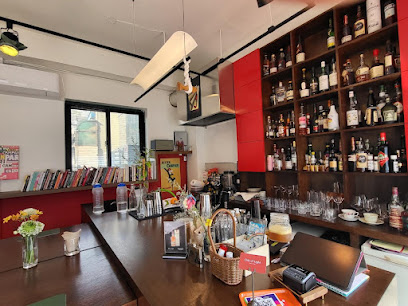
BOUND BAR
2.2 km
Discover Bound Bar in Myeongdong, Seoul's premier cocktail destination offering exquisite drinks and a vibrant nightlife experience.
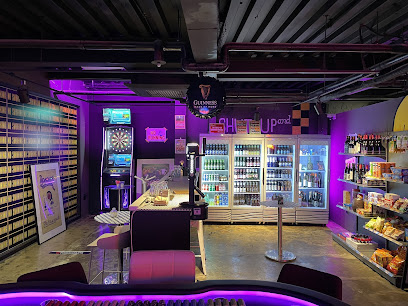
Haejeo
2.2 km
Discover Haejeo, a unique bar in Insa-dong, Seoul, where traditional culture meets modern mixology for an unforgettable experience.

레벤호프
2.2 km
Immerse yourself in Seoul's nightlife at 레벤호프, where traditional charm meets modern mixology in the heart of Insa-dong.

Artmonster
2.2 km
Discover Artmonster in Seoul: A bar where unique homemade drinks meet a vibrant atmosphere perfect for socializing and relaxation.
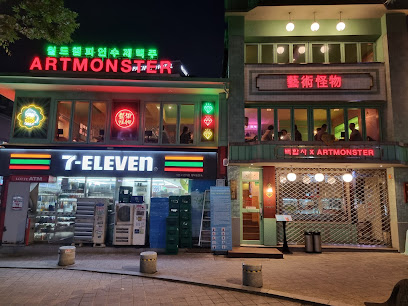
pungak 명동풍악 bar pub wine music 바 위스키 와인
2.2 km
Discover the lively Pungak Bar in Myeongdong, where extraordinary cocktails meet electrifying live music for a night to remember.

The Flair Bar
2.2 km
Discover The Flair Bar in Seoul - a lively nightlife destination offering innovative cocktails, a vibrant atmosphere, and a taste of local culture.
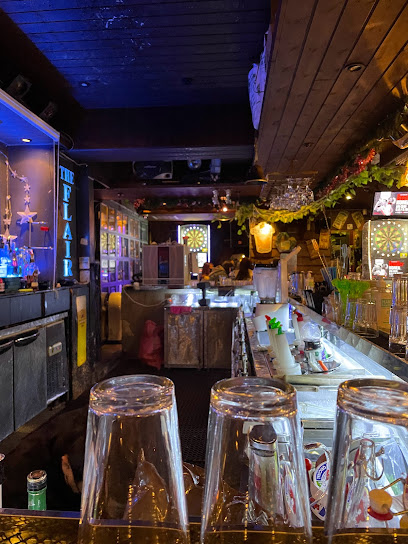
Jongnoilbeonzi
2.3 km
Discover the vibrant nightlife of Jongnoilbeonzi, a perfect bar to unwind in the heart of Seoul's cultural district, Insa-dong.
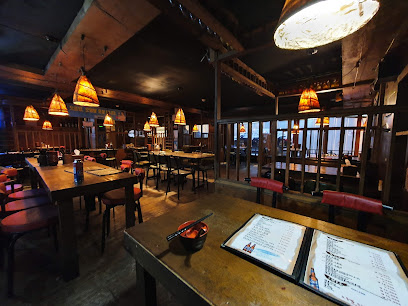
Insadong Nogari
2.3 km
Experience the vibrant nightlife of Seoul at Insadong Nogari, a traditional bar offering delicious drinks and a welcoming atmosphere in the heart of Insadong.

Tou
2.3 km
Experience the authentic taste of Korea at Tou, a Korean rice wine pub in Jongno District, where culture and flavor come alive.




